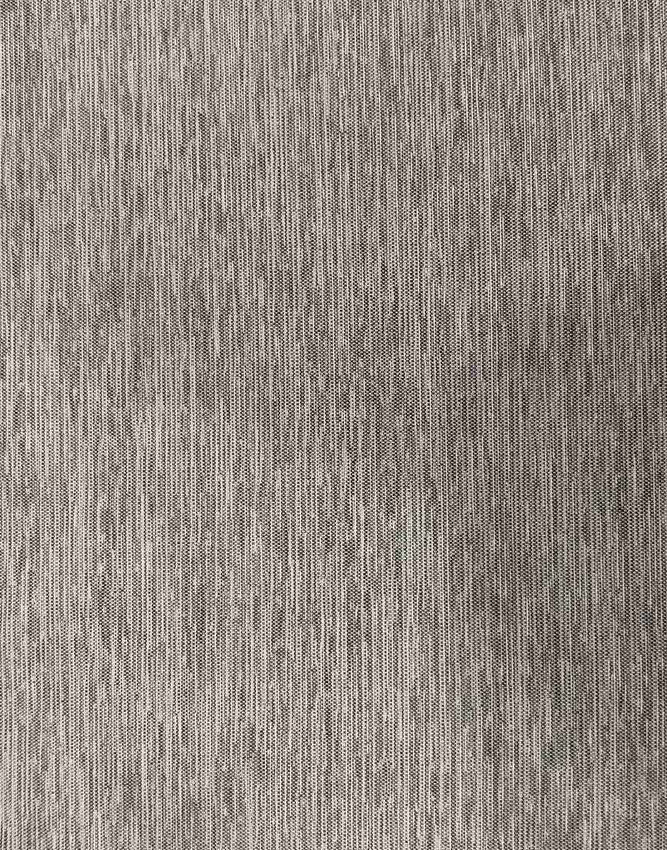

Silk is an ecologically non-polluting natural fiber. It […]
Silk is an ecologically non-polluting natural fiber. It has unique properties and unparalleled vitality that other fibers and processed products cannot replace. The colorful silk fabrics made by dyeing and weaving are easier to sew and process into various high-end garments and interior decorations, tourist souvenirs and many arts and crafts. It is no wonder that foreign consumers praise silk as the "source of beauty". So, what are the health effects of silk clothing made from real silk on the human body? The following describes in detail one by one from four aspects.
Comfortability
Real silk is composed of protein fibers and has excellent biocompatibility with the human body. In addition to its smooth surface, its frictional stimulation coefficient to the human body is the lowest among all kinds of fibers, only 7.4%. Therefore, when our delicate skin meets the smooth and delicate silk, it will take care of every inch of our skin with its unique soft texture, following the curves of the human body.
Moisture absorption and desorption
Silk protein fiber is rich in many hydrophilic groups such as amine groups (-CHNH) and amino groups (-NH2). Because of its porosity and easy diffusion of water molecules, it can absorb or emit moisture in the air, and Keep a certain amount of moisture. Under normal temperature, it can help the skin retain a certain amount of moisture without making the skin too dry; worn in summer, it can quickly dissipate the sweat and heat discharged by the human body, making people feel extremely cool. It is precisely because of this performance that silk fabrics are more suitable for direct contact with human skin. Therefore, people regard silk clothing as one of the necessary summer clothes.
Silk not only has better heat dissipation performance, but also good warmth retention. Its thermal insulation is due to its porous fiber structure. There are many very fine fibers in a silk fiber, and these fine fibers are composed of even finer fibers. Therefore, more than 38% of the seemingly solid silk is actually hollow. There is a large amount of air in these gaps. This air prevents the heat from dissipating and makes the silk have good warmth retention.
Sound-absorbing dust
Silk fabric has a high porosity, so it has good sound absorption and air absorption, so in addition to making clothing, it can also be used for interior decoration, such as silk carpets, tapestries, curtains, wall coverings, etc. Decorating the room with silk ornaments can not only make the room dust-free, but also keep the room quiet. Because silk has moisture absorption, moisture release properties, moisture retention, air absorption and porosity, it can also adjust indoor temperature and humidity, and can absorb harmful gases, dust, and microorganisms.
Heat resistance
The thermal denaturation of silk fiber is small and it is relatively heat resistant. When it is heated to 100℃, only about 5~8% embrittlement, and the thermal deflection of most synthetic fibers is 4~5 times larger than that of silk. The burning temperature of silk is 300~400℃, which is a flame-retardant fiber, while the burning temperature of synthetic fiber is 200~2600C, which is flammable and easy to melt. Therefore, the use of silk fiber as a raw material for interior decoration can not only play a role in sound absorption, dust absorption, and heat preservation, but also play a flame retardant function.
Anti-UV
The tryptophan and tyrosine in silk protein can absorb ultraviolet light, so silk has a good anti-ultraviolet function. Ultraviolet rays are very harmful to human skin. Of course, after silk absorbs ultraviolet rays, it undergoes chemical changes, which makes silk fabrics easy to yellow under sunlight.
Health effects
Silk has the reputation of "Queen of Silk", "Healthy Fiber" and "Healthy Fiber". Silk is a protein fiber. The fiber contains 18 kinds of amino acids necessary for the human body. Textile fabrics and human skin contain almost the same amino acids, which can help the skin maintain the metabolism of the surface lipid membrane, so it can keep the skin moisturized and smooth. The name of the "second skin". Wearing silk clothes can not only prevent ultraviolet radiation, prevent harmful gases from invading, and resist harmful bacteria, but also enhance the vitality of skin cells on the body, promote skin cell metabolism, and have a good auxiliary therapeutic effect on certain skin diseases. In addition, due to the special hygroscopicity and air permeability, it also has the function of regulating body temperature and regulating moisture. Medical workers made various fabrics from silk according to the needs of various parts of the human body, and selected 30 patients with itchy skin for treatment. The results showed that pure silk fabrics can receive better curative effects without the need for external medication. . After a bedridden patient has a bed sore, if you use silk cushions and silk underwear, and then wrap the affected area with silk, it can absorb water and promote its evaporation, which can maintain the affected area and accelerate the healing of the sore.
Real silk can also protect human skin from the sun's ultraviolet rays. The snow-white silk spit out by the silkworm will gradually turn yellow when exposed to ultraviolet rays. The reason is that the silk absorbs the ultraviolet rays from the sun. Medical common sense tells people that excessive ultraviolet radiation is extremely harmful to human skin, so the use of silk fiber's ultraviolet absorption performance can achieve the purpose of UV protection.
https://www.sigma-textile.com/
